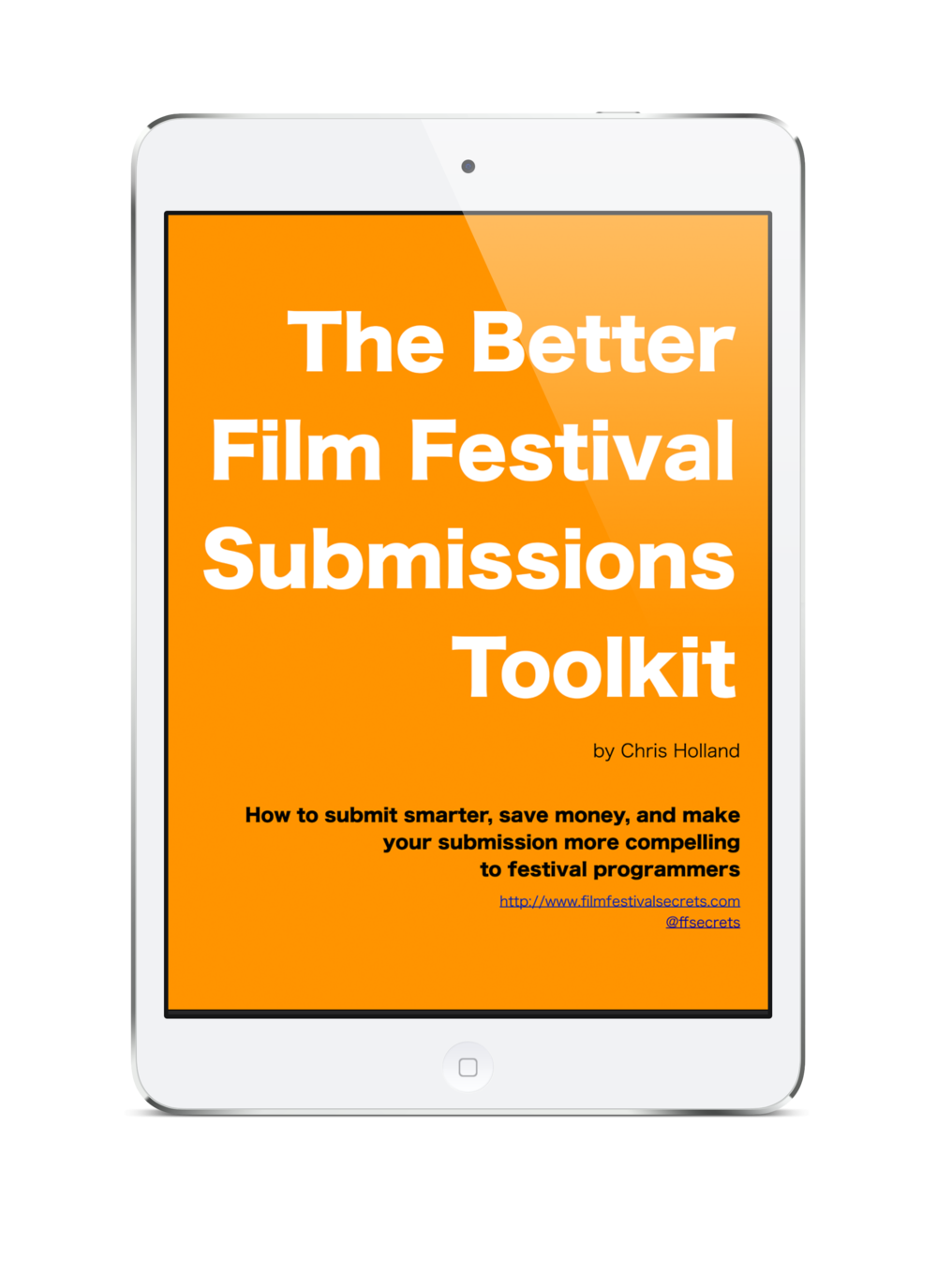Asking for money is an awkward thing. When the answer is "yes" it's great, but when it has to be "no," well, even saying "that's OK" gracefully can add to the uneasiness.
To avoid this, when I ask friends for contributions to a Kickstarter campaign (as I have been doing every day for the last two weeks), I make it clear that I'm only asking for a dollar. That's it. If they want to give more, great. We have some fun rewards that anyone anywhere who loves film festivals will enjoy. But really, one dollar will make me happy. Giddy even. A $1 request makes it easy for the askee to say yes (almost everyone can pitch in a buck) and that $1 pledge carries way, way more weight than a simple tweet or a like.
Here's why:
In 2012 Kickstarter introduced the ability to follow your friends from Facebook. The idea was a natural one -- we get our best recommendations from our friends, why not apply that to Kickstarter projects?
When you click "find friends" on Kickstarter, it will check your connected Facebook profile and show you those people who have corresponding Kickstarter accounts, and who allow themselves to be followed on Kickstarter. (As far as I can tell, there's no way to do the same for your Twitter contacts.) You can then opt to follow those people individually on Kickstarter.
Here's where the magic happens: when someone you follow backs a project, you'll get an email about the project. For many (most?) people, email gets more attention than social media to begin with, so getting your project into the inboxes of more people is a pretty big win. Plus: I don't know about you, but I'm always curious about where other people are putting their money, and the chance to be in on the ground floor of a cool creative project is pretty hard to resist. I've given money to at least a dozen projects based on nothing more than fact that a friend of mine backed it.
When you back a project, you're giving it your own stamp of approval in a way that no mere social media mention ever could. And because Kickstarter doesn't reveal the amount of your pledge publicly, a $1 pledge has just as much social impact as a $100 pledge. Not too shabby.
You can measure the effectiveness of this method in your campaign dashboard. When someone backs a project immediately after clicking through on a "friend backing email," Kickstarter will report that pledge accordingly. Of course not everyone will pledge right away, so it's a fair bet that a number of people who see the friend backing email will eventually return to back the project and not be counted in this number. From a marketer's perspective it would be great to get all stalkery and see exactly which backer emails resulted in additional pledges, but from a privacy perspective I'm just as happy Kickstarter doesn't allow that.
Another big advantage to bringing on backers at the $1 is the momentum that new backer activity gives to a campaign. Even if the dollar numbers don't jump that high every time someone new comes on, the fact that the number of backers keeps climbing reinforces the idea that this campaign has popular support. Nothing succeeds like success, right? This is known as the bandwagon effect. By getting lots of $1 pledges, you can create a bandwagon with backer numbers more easily than with dollars. Tweets and likes don't get you there.
One of the most overlooked features of Kickstarter's system is the backers-only update. I see these used frequently by project owners but rarely do I see them used creatively as a real incentive to become a backer. Most projects offer updates on project progress as the reason to become a backer, but if you're not that interested in the project in and of itself then getting updates on its progress isn't a motivator.
If, on the other hand, you have expertise on a subject or access to something (a person, a place, a thing) related to your project that people might want even if they're not interested in your project itself, you can use that to accumulate curious $1 backers. Because a large segment of our audience (independent filmmakers) is intensely interested in Kickstarter as a fundraising method, we're documenting our research and the experience of running our campaign. Exclusive access to some of that content (like webinar recordings) and early access to other content (podcasts) has been an excellent incentive for casual visitors to pitch in a buck -- and thereby, also pitch in their social influence.
The idea of "building community" on Kickstarter is given lots of lip service, but I didn't really understand it until just recently. One of the first projects I ever backed (in the old-timer days of 2010) was the Glif, a tripod mount and "kickstand" device for the iPhone 4 created by two first-time Kickstarters. The project was wildly successful. The creators, Dan Provost & Tom Gerhardt, raised more than $137,000 – far more than their original goal of $10,000. The pair began turning out not only future iterations of the Glif, but other products as well – books, software, an iPad stylus, and more.
Only some of these products were Kickstarted, but the progress of "Studio Neat" (the name they adopted later) as a company was posted as a series of updates to the Glif page once or twice a year. Just last month, the two inventors unveiled the latest model of the Glif. Not only was I happy to know there's a Glif that will fit my current phone instead of the iPhone 4 I discarded ages ago, but I was positively giddy to be hearing from "my old friends" at Studio Neat. These two guys built an exciting business out of Kickstarter, and because I was there at the beginning, I feel like I'm a part of their story. So do many of the other 5000+ people who bought the original Glif, I'm sure.
When you look at Kickstarter projects that have not been funded successfully, the update immediately following the funding deadline often will include a few sentences about the experience having been worth the trouble just the same. "This has been an incredible, arduous and intense learning process, but the best part was finding out that there are people like you out there who love cinema and believe in the film," wrote Leslie Harris as her film funding project drew to an unsuccessful close. Even though the project creators didn't get the money they needed, they now have a stable of previously unknown supporters to come along for the ride on the next step of their creative journey. The backers, for their part, are members of group with a common vision, providing encouragement and waiting for the day when that vision is realized.
That's what a dollar gets you.
Want to share the story of your favorite Kickstarter discovery? Email me or find me @ffsecrets.
The Kickstarter project I'm working on currently aims to raise funds to bring more filmmakers to the Atlanta Film Festival in the Spring of 2014. You can become part of our Kickstarter community for just a buck.









